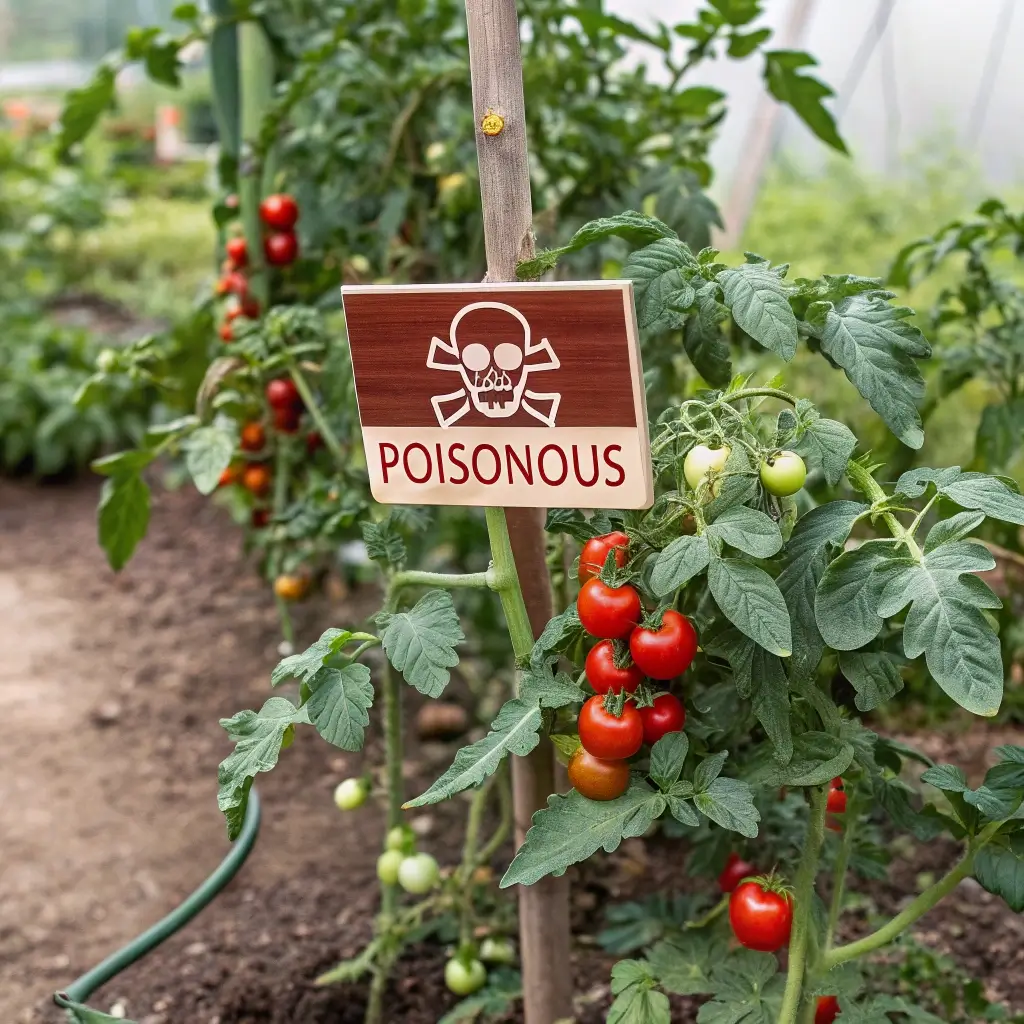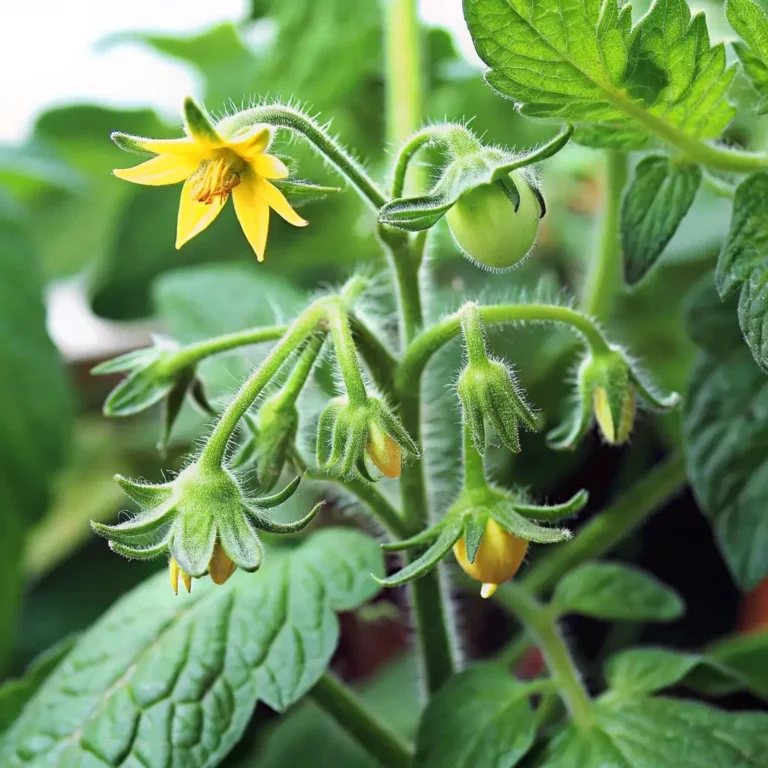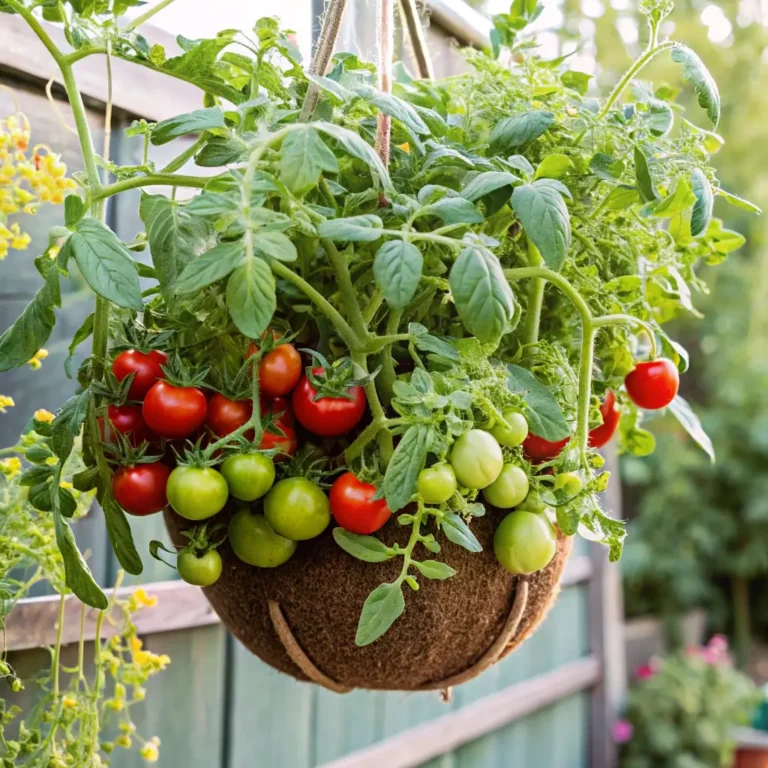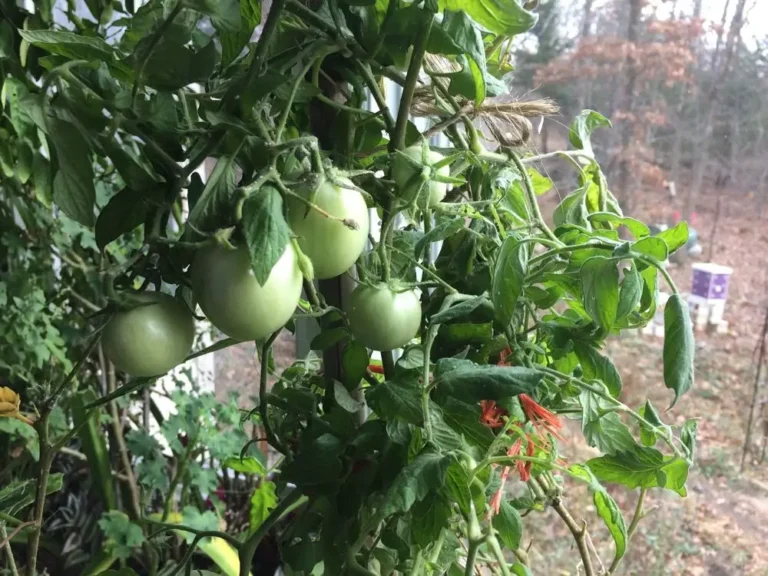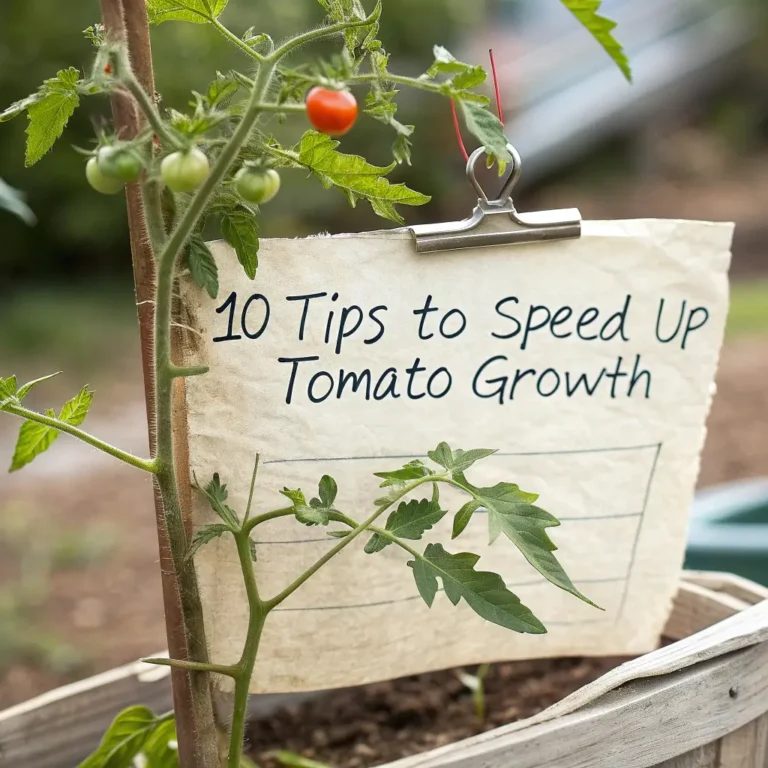Are Tomato Plants Poisonous? 5 Facts You Should Know
Table of Contents
Introduction
Have you ever wondered if those lush tomato plants growing in your garden could be harboring a toxic secret? While we cherish tomatoes for their vibrant flavor in countless recipes, a startling 68% of home gardeners are unaware of the potential toxicity lurking in different parts of tomato plants. Are tomato plants poisonous? The answer isn’t as straightforward as you might think. This common garden staple belongs to the nightshade family (Solanaceae), alongside potatoes and eggplants, which have long been associated with both culinary delight and toxicological caution. Let’s explore the facts behind tomato plant toxicity and separate gardening myths from scientific reality.
Understanding Tomato Plant Toxicity
Fact 1: Tomato Plants Contain Solanine and Tomatine
Tomato plants, including the stems, leaves, and unripe fruits, contain natural defensive compounds called glycoalkaloids—primarily solanine and tomatine. These compounds serve as the plant’s natural pesticide, protecting it from insects and fungi. Scientific studies have shown that solanine concentrations range from 0.007-0.01% in leaves and stems, while unripe green tomatoes contain approximately 0.005% of this compound.
Fact 2: Ripe Tomato Fruits Are Generally Safe
The good news is that as tomatoes ripen, the glycoalkaloid content significantly decreases. Ripe red tomatoes contain negligible amounts of solanine and tomatine—typically less than 0.0001%—making them perfectly safe for human consumption. This explains why we can enjoy tomatoes in our favorite recipes without concern, while still needing to exercise caution with other parts of the plant.
Fact 3: Symptoms of Tomato Plant Poisoning
Ingestion of substantial amounts of tomato leaves, stems, or green tomatoes can lead to glycoalkaloid poisoning. According to toxicology data, symptoms may include:
- Gastrointestinal distress (nausea, vomiting, diarrhea)
- Drowsiness and lethargy
- Headache and dizziness
- Increased heart rate
- In severe cases, hallucinations or respiratory complications
Most documented cases of tomato plant toxicity involve livestock or pets consuming large quantities of foliage rather than humans experiencing adverse effects from minor exposure.
Fact 4: Cooking Does Not Eliminate Toxicity
Unlike some plant toxins, solanine and tomatine are relatively heat-stable. Research indicates that cooking tomato plant parts does not significantly reduce their glycoalkaloid content. Therefore, adding tomato leaves to soups or stews—a practice sometimes suggested in alternative cooking blogs—is not recommended from a safety perspective.
Fact 5: Tomato Plants vs. Deadly Nightshade
Despite belonging to the same botanical family as deadly nightshade (Atropa belladonna), tomato plants contain significantly lower concentrations of toxic compounds. While deadly nightshade can contain up to 0.4% atropine and scopolamine—potent alkaloids that can be fatal even in small doses—tomato plants contain substantially less toxic glycoalkaloids, making accidental lethal poisoning extremely rare.
Safe Handling Practices for Tomato Plants
Protecting Children and Pets
Young children and pets might not distinguish between edible and non-edible parts of plants. Keep these safety measures in mind:
- Create physical barriers around tomato gardens if you have curious pets or small children
- Teach children early about which parts of plants are safe to eat
- Properly dispose of tomato plant debris during pruning or at season’s end
- Always wash hands thoroughly after handling tomato plants
When Harvesting Tomatoes
Follow these guidelines for safe harvesting:
- Wear gloves if you have sensitive skin, as tomato plant stems and leaves contain trichomes that can cause contact dermatitis in some individuals
- Focus on harvesting ripe fruits only, leaving green tomatoes to ripen further unless specifically needed for recipes
- Rinse harvested tomatoes thoroughly before consumption
- Store tomatoes away from areas accessible to pets
Unexpected Benefits of Tomato Plant Compounds
Interestingly, the same compounds that make tomato plants potentially toxic also have promising pharmaceutical applications. Recent research has found that tomatine shows antifungal, antimicrobial, and even anti-cancer properties when properly extracted and dosed. Scientists are currently investigating these compounds for potential therapeutic uses, highlighting nature’s complex balance between toxicity and healing properties.
Conclusion
So, are tomato plants poisonous? The answer is nuanced: while certain parts of tomato plants do contain toxic compounds, particularly in the leaves, stems, and unripe fruits, the ripe tomatoes we enjoy in our favorite recipes are perfectly safe for consumption. By understanding which parts of the plant to avoid and implementing basic safety practices in your garden, you can continue to cultivate and enjoy tomatoes without concern. Remember that tomato plant toxicity cases in humans are extremely rare and typically result only from consuming large quantities of the foliage—something most people wouldn’t do intentionally.
FAQs
Can I use tomato leaves for cooking or tea?
While some culinary traditions include small amounts of tomato leaves for flavor, it’s generally not recommended due to their solanine and tomatine content. The risk may be low with minimal use, but safer alternatives exist for adding similar herbal notes to dishes.
Are tomato plants dangerous to have around pets?
Tomato plants pose a moderate risk to pets, particularly cats and dogs. While most animals instinctively avoid eating large quantities of the foliage, it’s still advisable to keep pets away from tomato plants or create barriers around your garden.
Can handling tomato plants cause skin reactions?
Yes, some individuals may experience contact dermatitis from the trichomes (tiny hairs) on tomato plant stems and leaves. Wearing gloves when pruning or handling plants can prevent this reaction.
Are heirloom tomato varieties less toxic than hybrid ones?
Research shows no significant difference in glycoalkaloid content between heirloom and hybrid tomato varieties. Both types contain similar levels of solanine and tomatine in their foliage and unripe fruits.
What should I do if someone accidentally consumes tomato plant parts?
If someone ingests a large amount of tomato leaves, stems, or green tomatoes and shows symptoms like nausea, vomiting, or dizziness, contact a poison control center or seek medical attention. For minor ingestion without symptoms, monitoring is usually sufficient.

